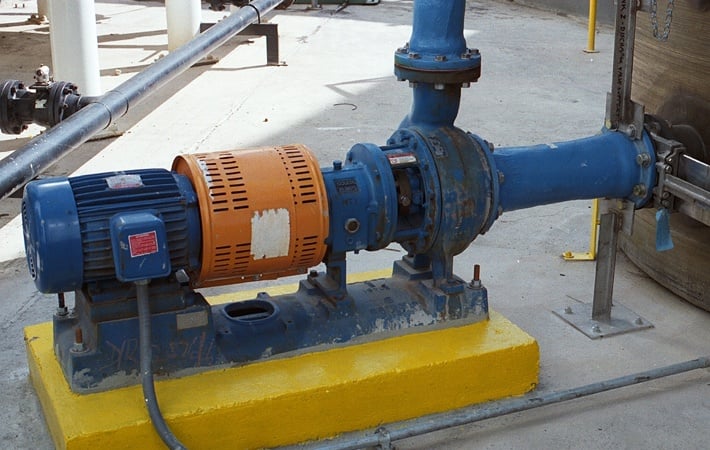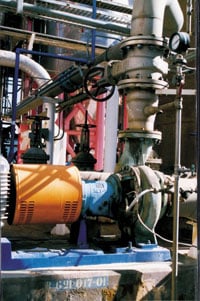
 When a centrifugal pump stops delivering sufficient pressure, breaks down frequently, or vibrates at high levels, it’s easy to blame the pump. Frequently system problems are misdiagnosed as pump problems because the pump is the one making the noise or underperforming. But to solve performance issues at the ground level, maintenance and engineering must take a look at the bigger picture.
When a centrifugal pump stops delivering sufficient pressure, breaks down frequently, or vibrates at high levels, it’s easy to blame the pump. Frequently system problems are misdiagnosed as pump problems because the pump is the one making the noise or underperforming. But to solve performance issues at the ground level, maintenance and engineering must take a look at the bigger picture.
A change in the system can have a major effect on the performance of your pumps. So before you assume the pump is to blame, make sure you have all the facts.
When troubleshooting centrifugal pumps, the first step is to develop a clear, concise and objective statement of the problem. Try to set preconceived ideas of what could be wrong aside. To properly diagnose the problem, base your statement on facts that are accurate and unbiased.
Use the resources available to you to gather as much information about the pump as possible:
Using the information you’ve collected, determine if your problem is hydraulic or mechanical. A hydraulic problem has the following symptoms:
A mechanical problem exhibits these symptoms:
Once you’ve determined if your issue is mechanical or hydraulic, use the chart below to determine what could be causing your pump to perform poorly. You may just find that it wasn’t the pump’s fault after all.

Have additional questions about what’s going on with your system? Ask us about it! We gladly provide technical assistance to businesses in Wisconsin and upper Michigan.
These Stories on Equipment Maintenance
Headquarters and Service Center
Located outside Green Bay, WI
707 Ford Street
Kimberly, WI 54136
920-733-4425
OptiFlow Design and Build Center
1002 Truman Street
Kimberly, WI 54136
920-733-4425
Burnsville Service Center
12265 Nicollet Avenue
Burnsville, MN 55337
952-444-1949
Grand Rapids Service Center
26489 Industrial Blvd
Cohasset, MN 55721
952-444-1949
© Copyright 2024. Crane Engineering. All Rights Reserved. Privacy Policy.